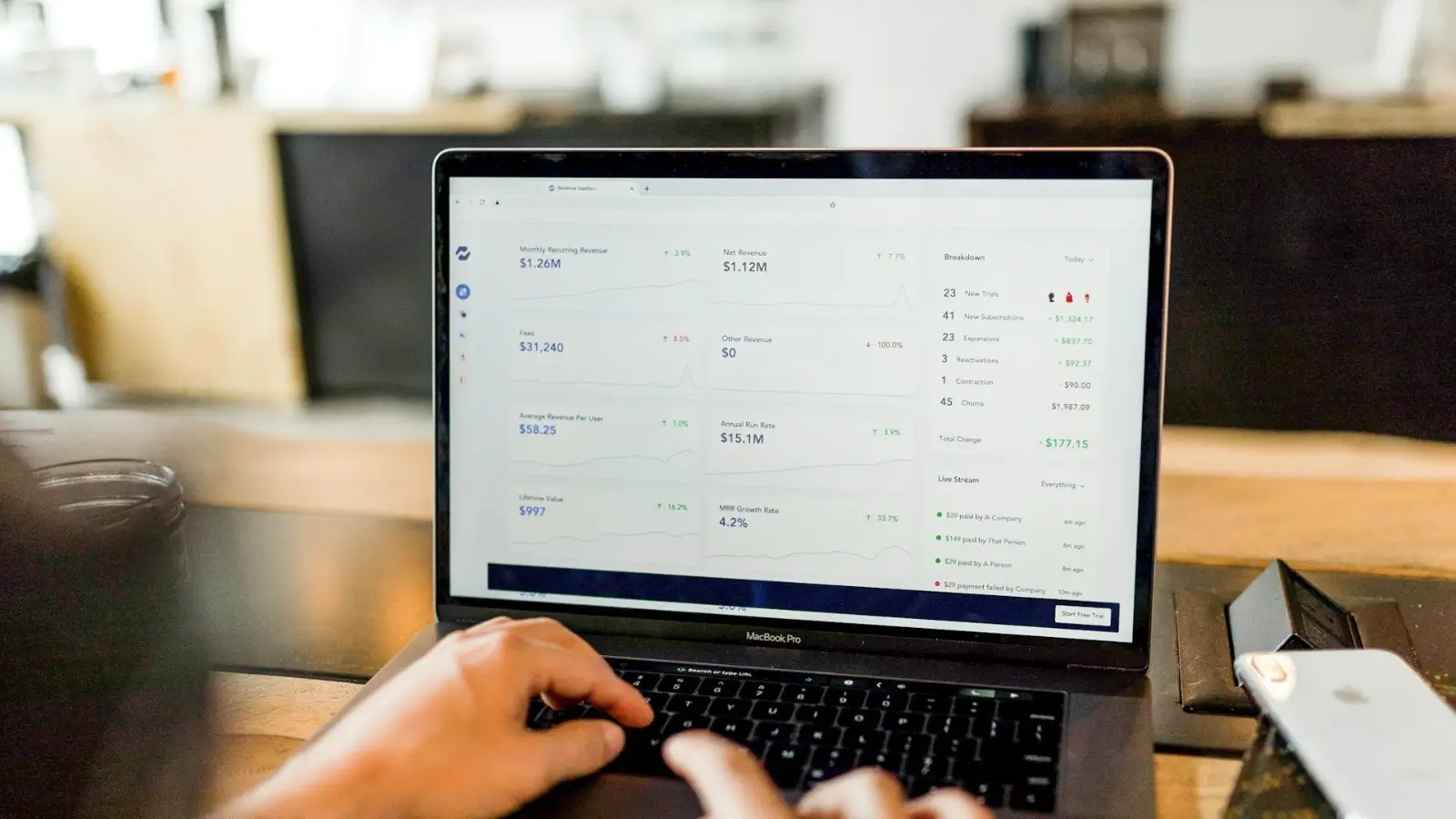


Are you a beginner barista or a keen coffee lover wanting to improve your skills in making a good cup? Knowing the levels of caffeine in the beverage is essential for becoming an expert at preparing great cups of coffee. For many people living in Australia, it’s not just about the ritual; it’s about the kick.
Read on to learn why every barista must understand coffee caffeine levels and how obtaining a Barista Certification can assist you in becoming an expert.
This element is the central part and spirit of coffee. It’s what gives the beverage its characteristic energy boost. However, not every drink you make using coffee has an identical amount of caffeine.
Things like the kind of bean and how you brew it are critical to knowing the levels in a cup. Serving size is also a significant factor. If you work as a barista, knowing these points will help meet what your customers want and need based on their diets.
There are two main kinds of coffee beans:
The first are more common in Australia, providing a smoother taste with more flavour but less caffeine content. On the contrary, Robusta delivers a more potent effect when it comes to the levels. As a result, experts typically use them in espresso blends for an extra kick. For those seeking an alternative brew with added wellness benefits, options like amazon mushroom coffee are gaining popularity, offering a unique twist to the traditional coffee experience.
Understanding these variations and the method to balance them can substantially impact the flavour of your coffee and its caffeine quantity.
How you make your coffee impacts how much caffeine it has. For example, because of its strong flavour and dense texture, espresso appears to have more. However, the volume in a regular serving is relatively small. On the other hand, drip coffee could provide more caffeine even though it tastes less intense due to larger portions.
Using techniques like cold brewing, where you soak grounds in cold water for longer, usually increases the levels because of the extended extraction duration.
Understanding serving sizes is fundamental. The typical coffee drink can differ significantly in dimensions, and caffeine count all over the globe, especially within Australia. For example, a flat white with a double shot of espresso is very popular around the country because it has more caffeine than a latte with one espresso.
This comparison may appear confusing as you may think big-size cups contain more caffeine, but double shots have a much stronger effect.
Some clients may want a strong caffeine coffee to start their day, while others must control how much they consume due to health problems. Understanding the amount of caffeine can help you give customised suggestions and make your customers’ coffee experience better and safer. This skill is essential in gaining trust and forming good client relationships.
Signing up for a course on Barista Certification is very good for learning about coffee’s caffeine levels and other essential skills. These courses talk about everything from where coffee starts and how beans are chosen to brewing methods and, most importantly, the knowledge behind caffeine. It’s not just creating a fantastic cup of coffee; you will acquire skills to regulate its caffeine content based on any need, thus becoming an actual artisan in making coffee.
Mastering caffeine levels is essential if you are passionate about delivering the best cup of coffee. Dive into a Barista Certification course and take your first step towards understanding this crucial entity. Who knows, the next cup of coffee you craft could be the best someone ever had.